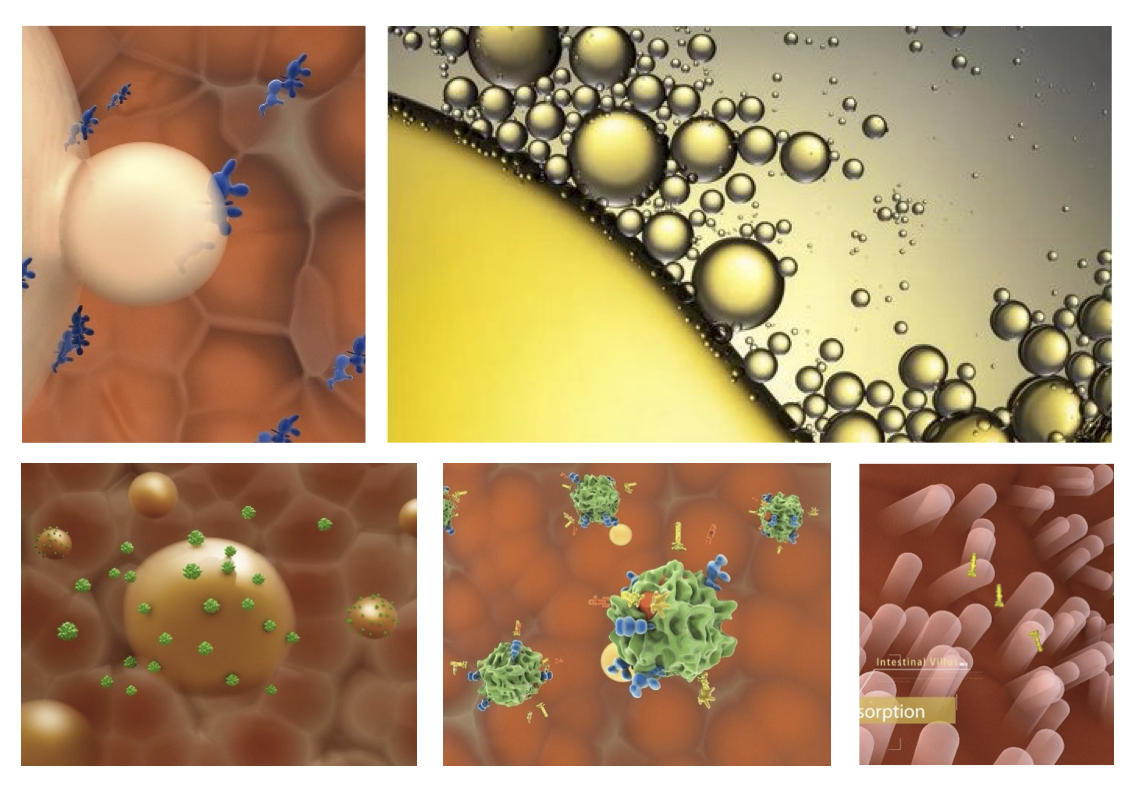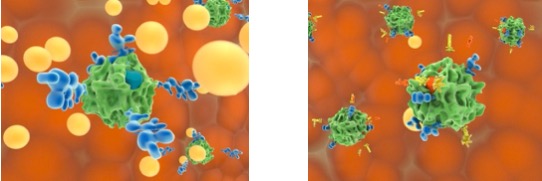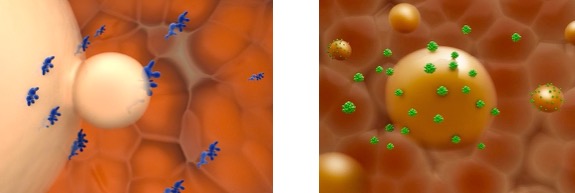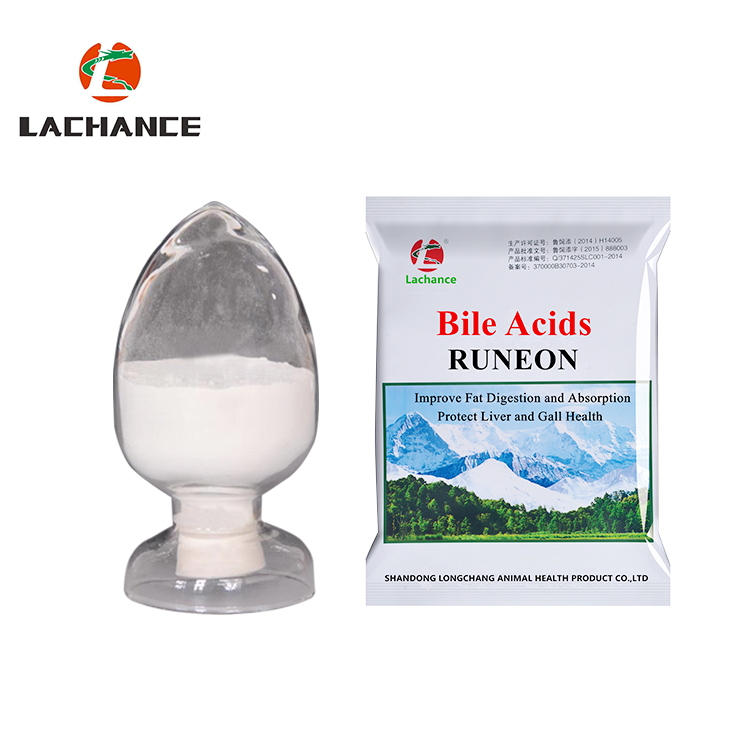The Role of Bile Acids in Fat Digestion and Absorption

According to statistics, in 2000, China's energy feed gap was 66 million tons, protein feed gap was 24 million tons, and energy in 2010 The feed gap is 43 million tons to 83 million tons, and the protein feed gap is 33 million tons, which will reach 50 million tons in 2030. In terms of corn, the gap in 2010 is 23 million tons. In 2020, more than 50 million tons will be imported. In 2030, the estimated import volume will reach 80 million tons, which will seriously affect the healthy development of the feed industry. In response to this problem, the feed industry has continuously researched and developed new raw material resources and additive products to increase the utilization of various resources. However, for the past three decades, the feed industry has focused its research on protein and carbohydrates. However, there is very little attention paid to fats, which are the most powerful energy substances that affect the quality of feed. In recent years, as the prices of raw materials especially energy feeds, attention to oils has gradually gained the attention of everyone.
1 The process of fat digestion and absorption
After the initial emulsified fat enters the small intestine through stomach acid and small intestine motility, the intestinal mucosal cells release CCK into the blood, stimulate the gallbladder to release bile, the pancreas secretes pancreatic lipase, and then the fat is formed under the emulsification of bile. Emulsifying fat particles, pancreatic lipase breaks down fat into glycerol, free fatty acids, and monoglycerides, which then absorbed through the blood circulation or lymph circulation.

2 The role of bile acids in fat digestion and absorption
2.1 Promote fat emulsification
Bile acid contains both hydrophilic hydroxyl groups and carboxyl groups, as well as hydrophobic alkyl groups. This bile acid has a strong surface activity, which can reduce the surface tension between oil and water phases, promote the emulsification of fat, and can form a suspension. Milky granules in the water expand the contact area between fat and lipase and prepare the fat for full digestion.
In the process of fat digestion, pancreatic lipase can only hydrolyze lipids in foods emulsified by bile acids, so the emulsification of bile acids is not replaceable by other substances.
2.2 Activate lipase, enhance lipase activity
Lipase secreted by the pancreas is converted to active lipase in the small intestine to function, its activation must have the participation of bile acids, and bile acids can bind lipase to the surface of the lipid droplets of triglycerides.
Pancreatic lipase exerts an optimal pH range of 8-9, while in the small intestine affected by gastric acid pH is 6-7. In this environment, pancreatic lipase does not work, only when the pancreatic lipase forms a complex with bile acids, the structure of the cap of the lipase is opened, and its catalytic group is exposed. At the same time, the spatial structure of pancreatic lipase changes to form a hydrophobic channel that facilitates the entry of hydrophobic substances into the pancreatic lipase, close to the catalytic group of the lipase.

2.3 In the absorption of fat, the small intestinal epithelial cells have a specific identification system. Only the combination of fatty acids and bile acids can be identified by the intestinal epithelial cells. Thus, the fatty acid - bile acid complex is entered into the small intestinal villi and the absorption of the fat is completed.

3 Liver Function and Bile Acids
All nutrients absorbed from the gastrointestinal tract pass through the blood or lymph to the liver. After undergoing physiological processes such as decomposition, synthesis, and detoxification in the liver, they become semi-finished products and are transported to the corresponding organs and tissues via the posterior vena cava. And there synthesis of substances with specific physiological functions. It can be said that in the process of digestion and absorption of the three major nutrients, the liver has played the role of an intermediate transformation station, which is very critical.
The addition of bile acids can relieve the pressure of the liver and ensure the normal function of the liver. On the other hand, as an effective bactericide, bile acid can inhibit the proliferation of E. coli, streptococcus and other harmful bacteria.
4 Conclusion
In summary, the rational use of bile acids in feed can effectively promote the emulsification, digestion and absorption of fat; promote the secretion of bile, preotect liver and gallbladder, and improve the health and function of the liver; promote animal feeding, improve feed efficiency, and reduce feed costs which will improve the animal's production performance. As a natural fat digester, it has important practical significance and broad prospects to use bile acid in feed.





